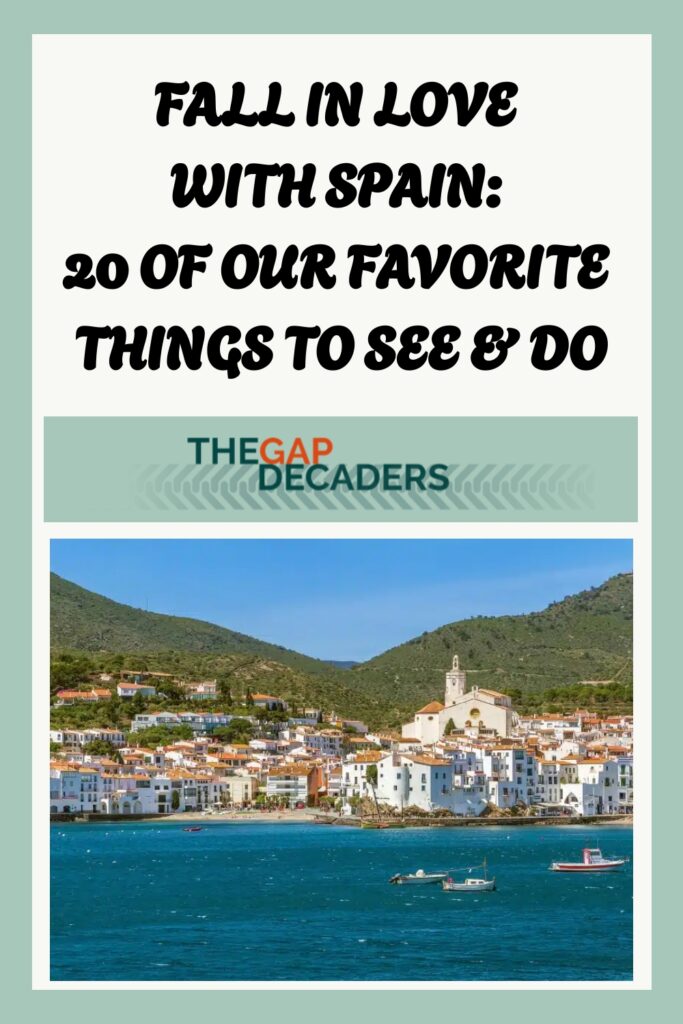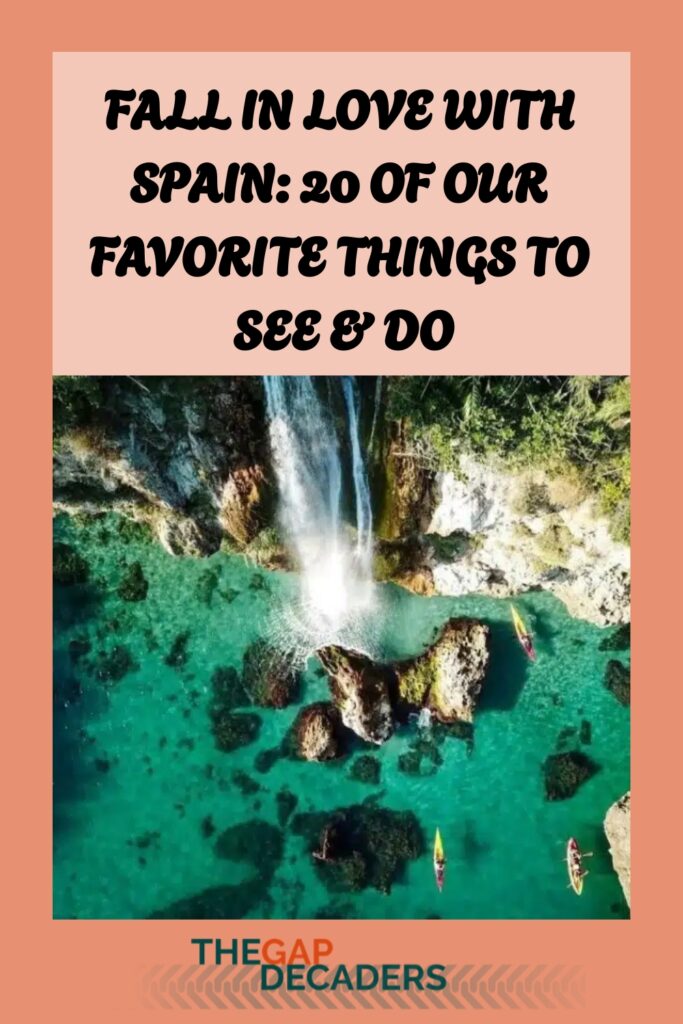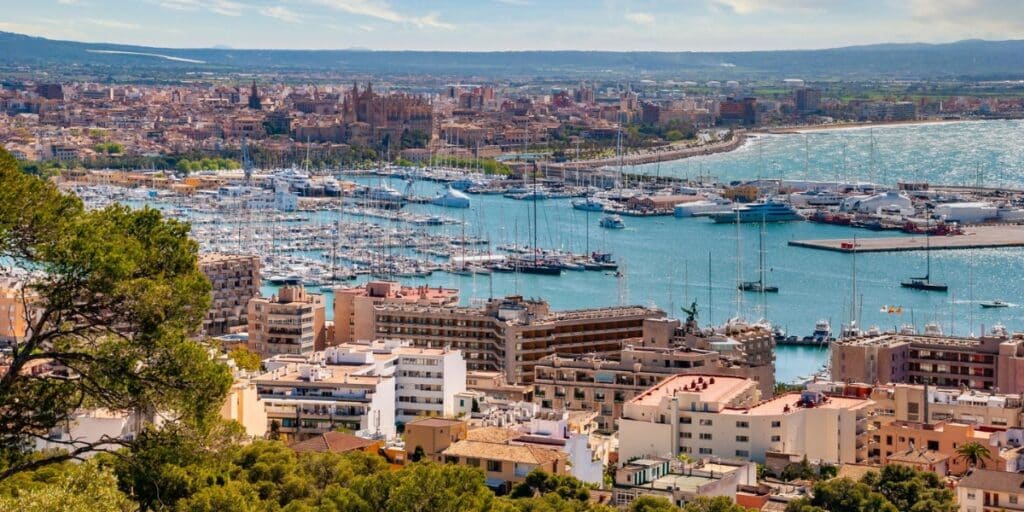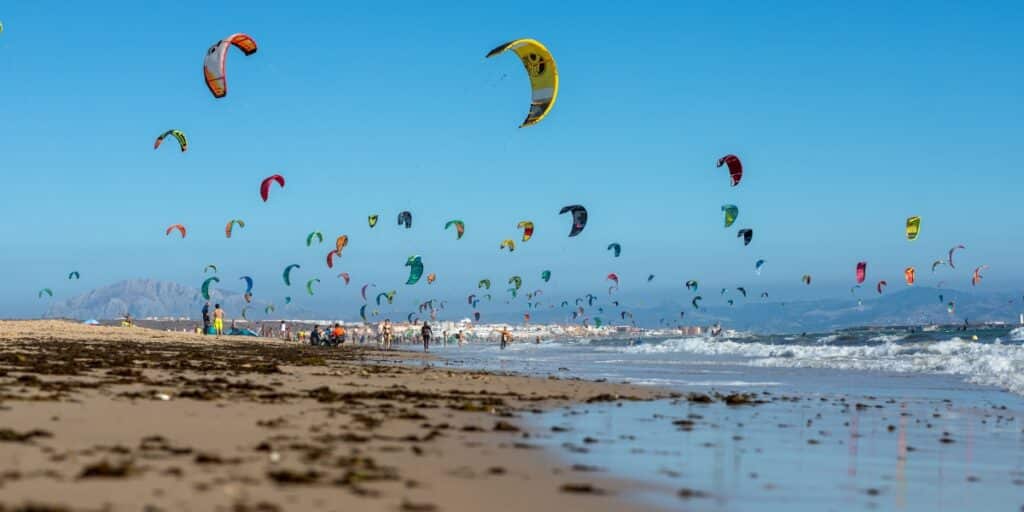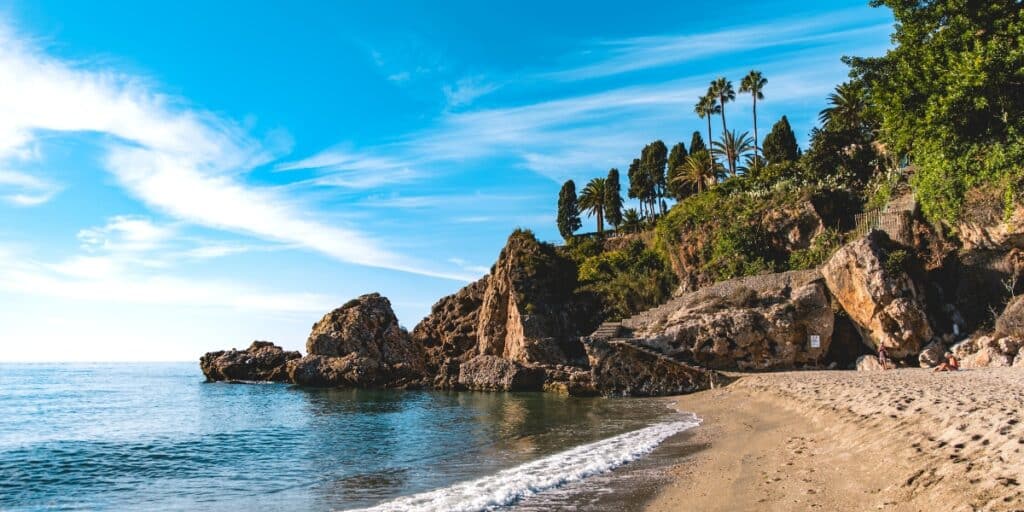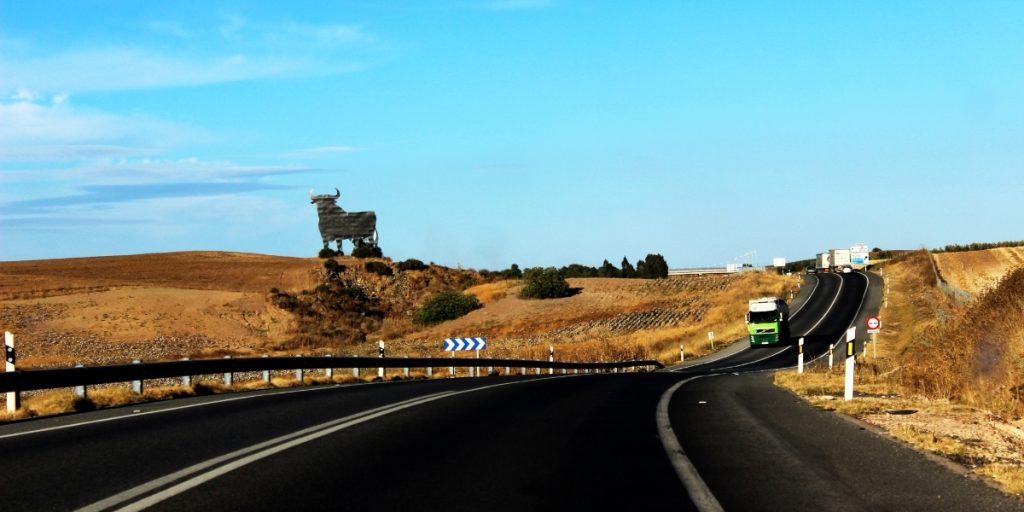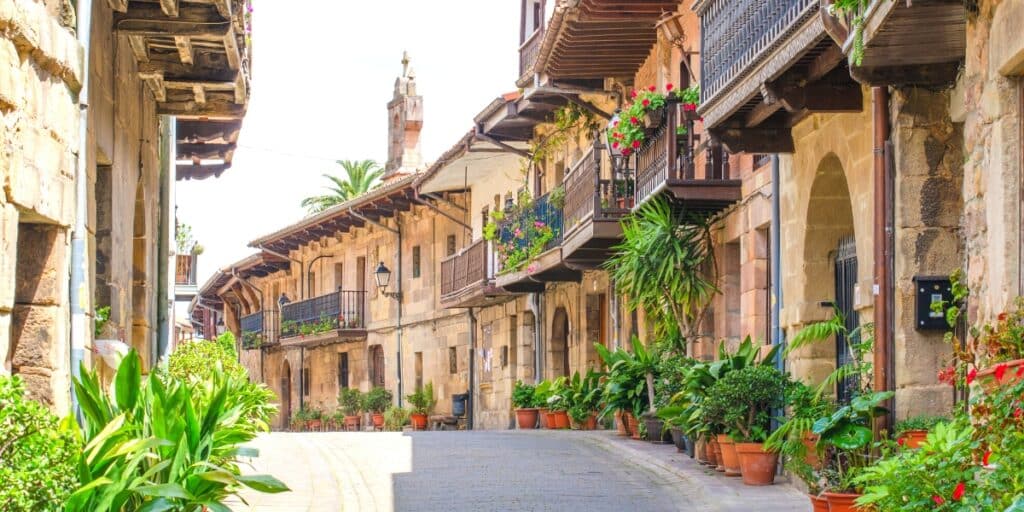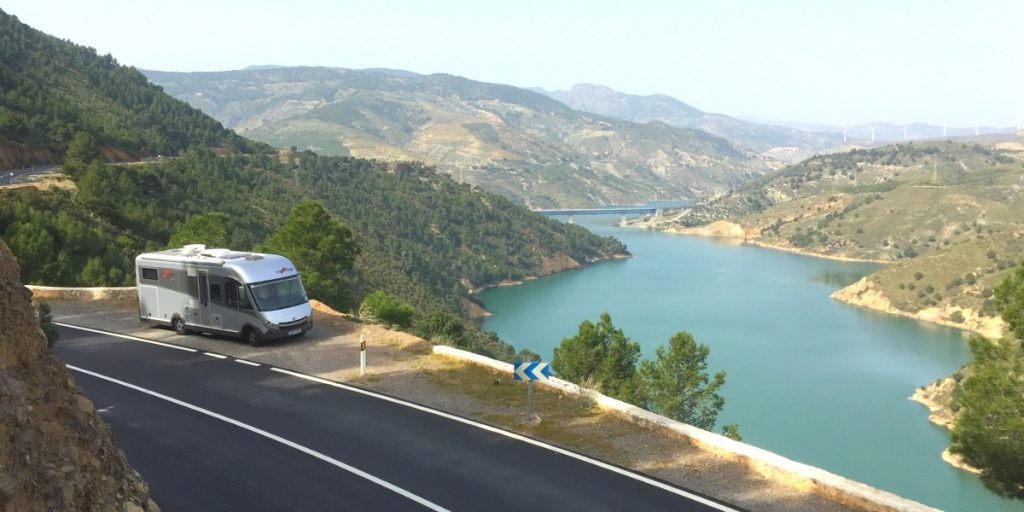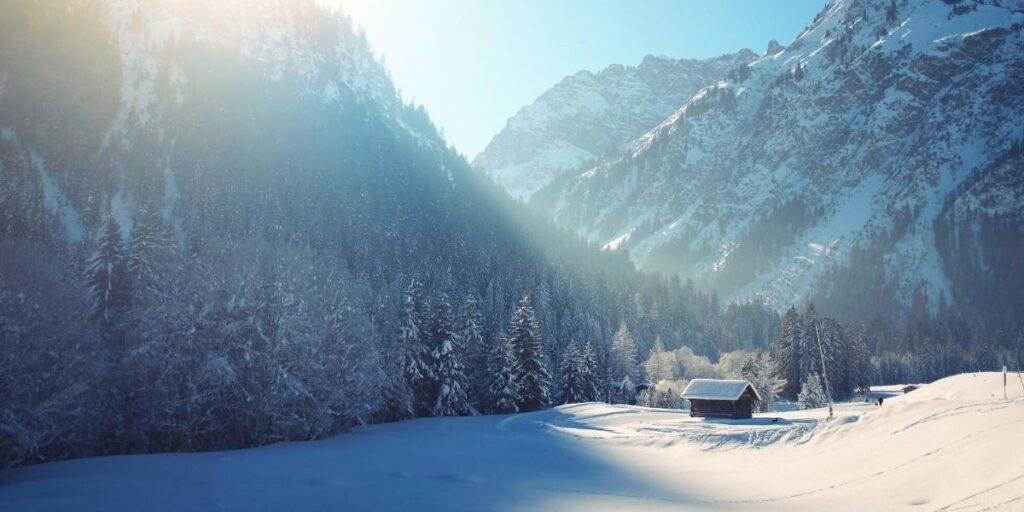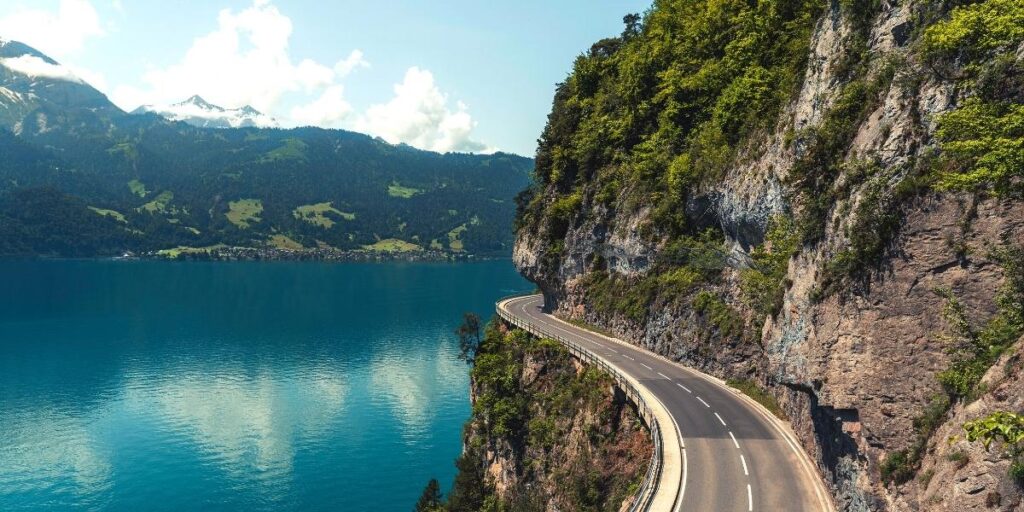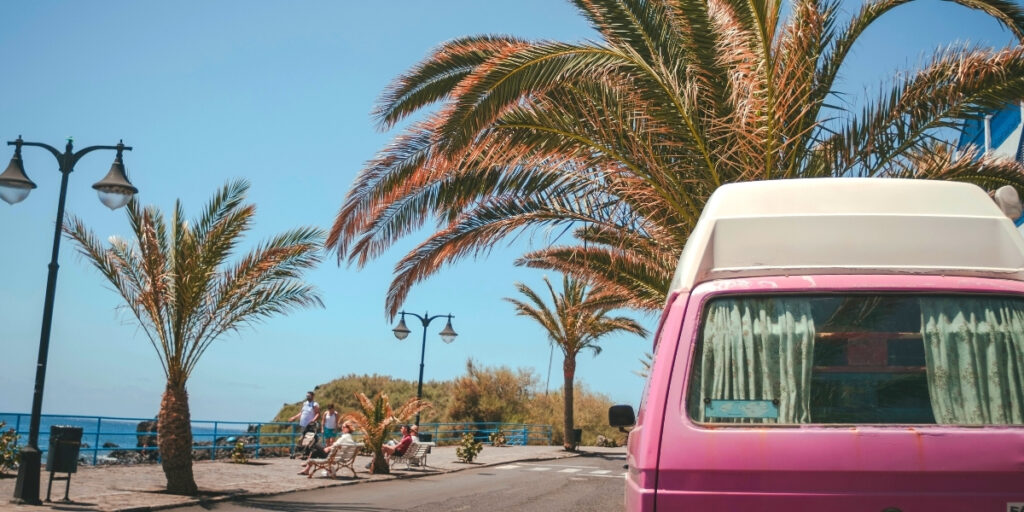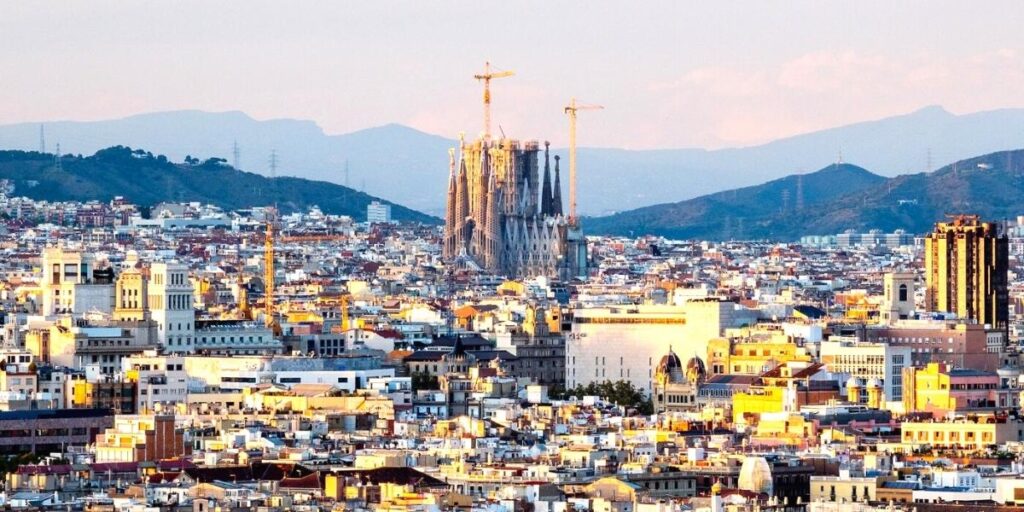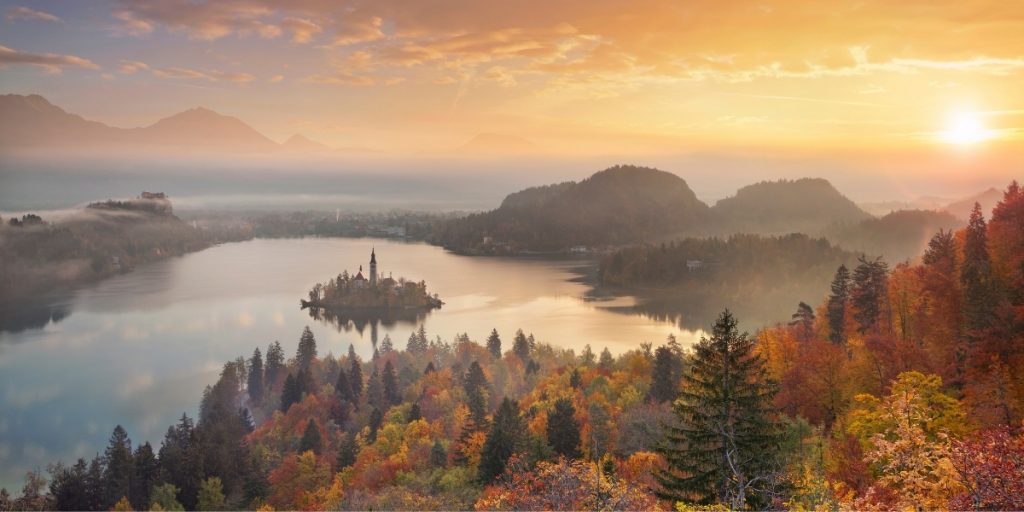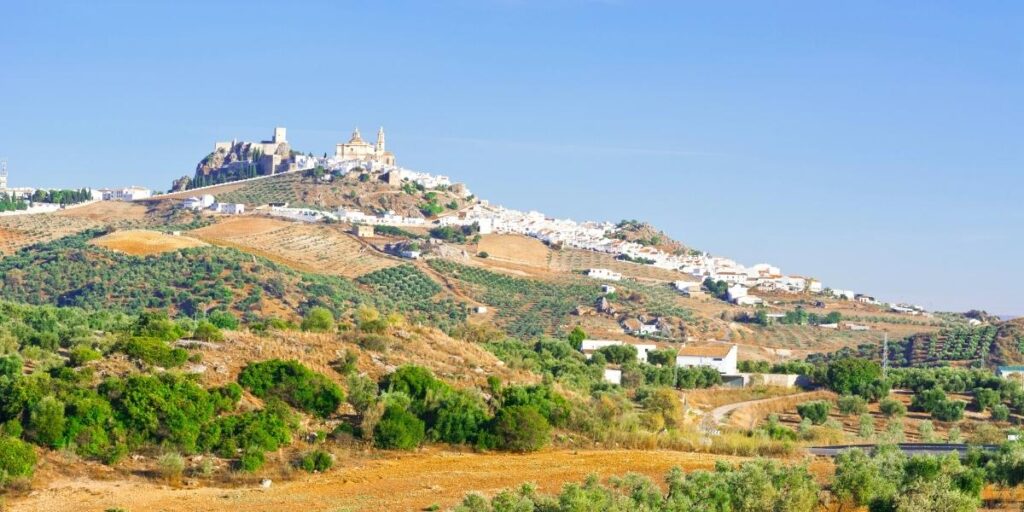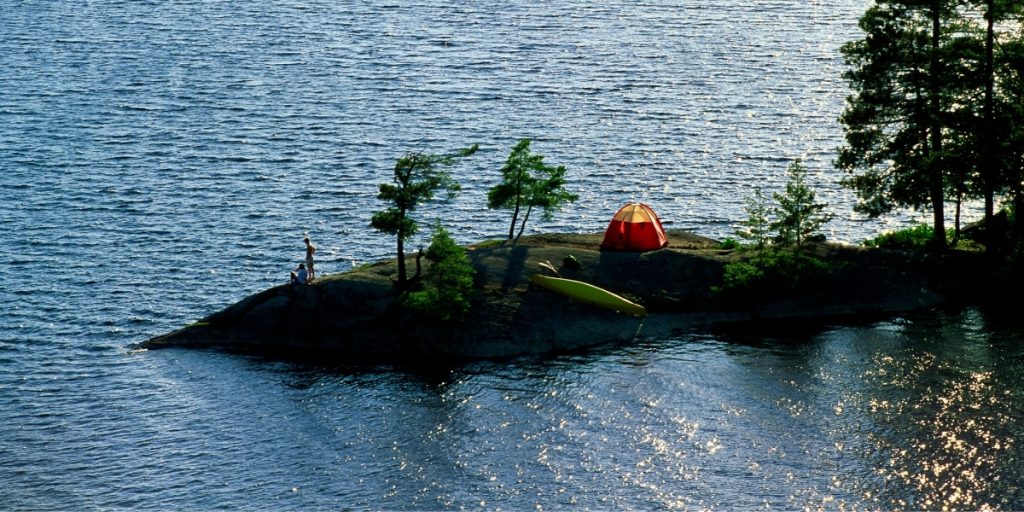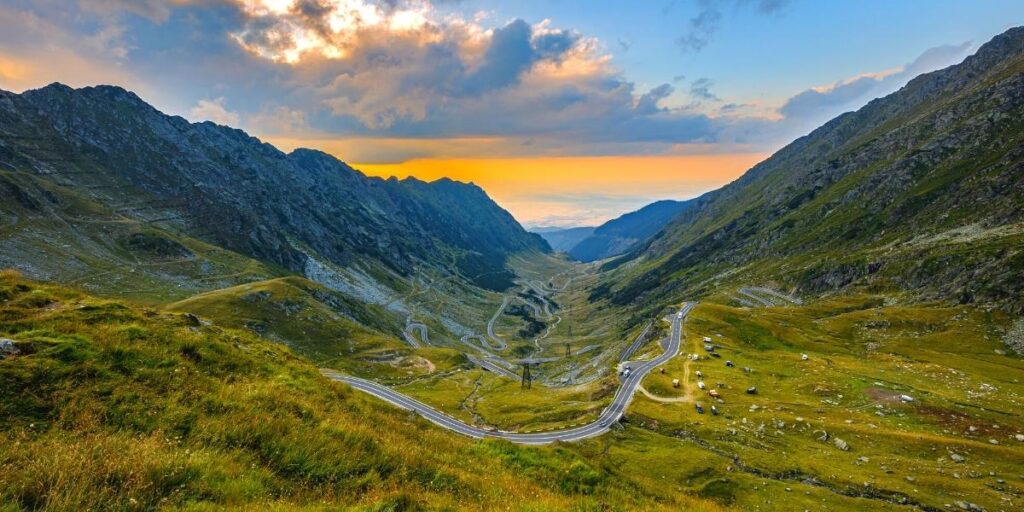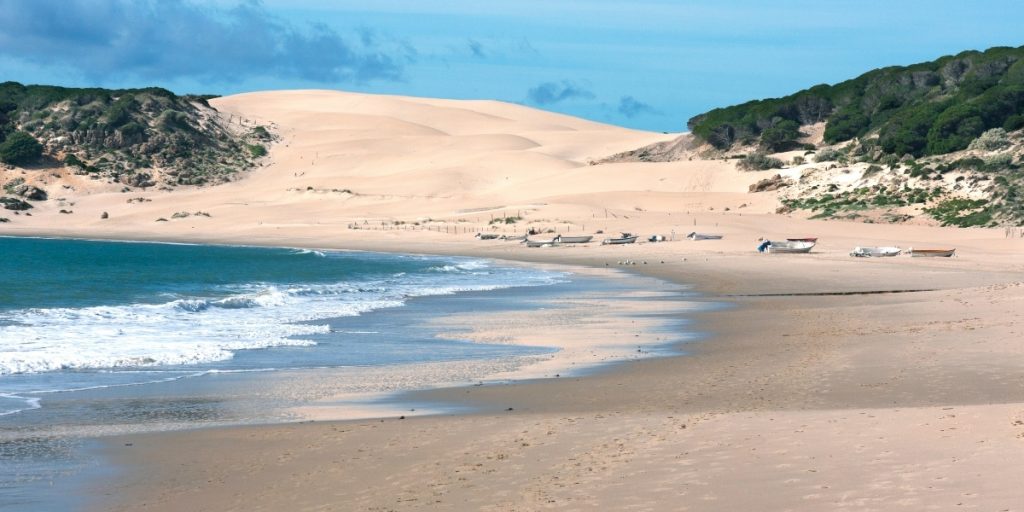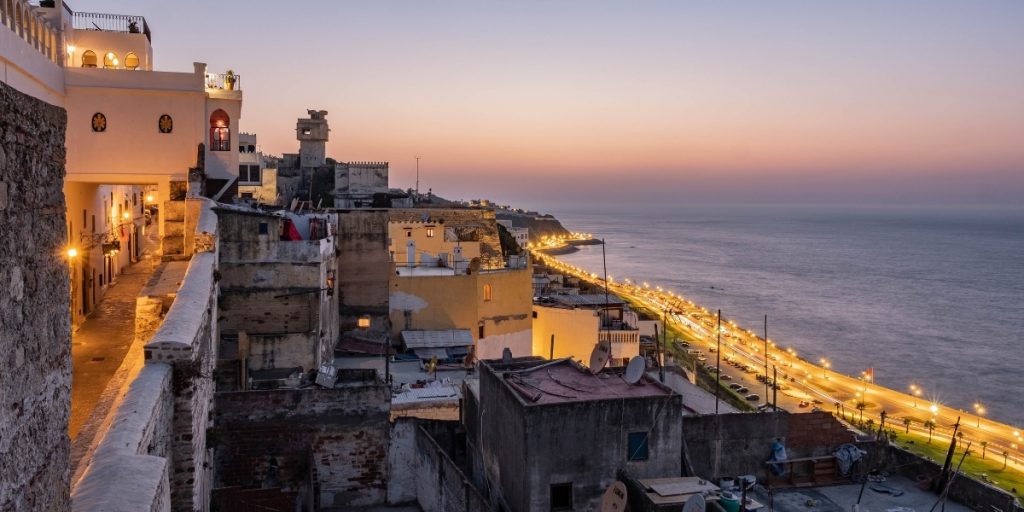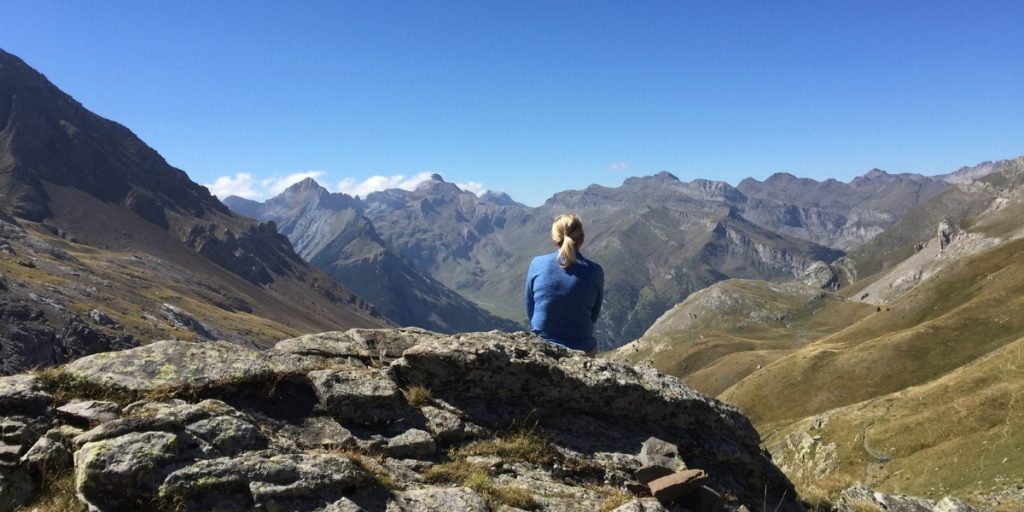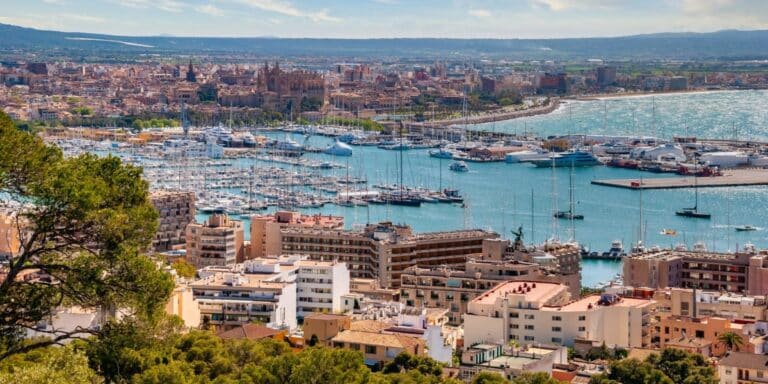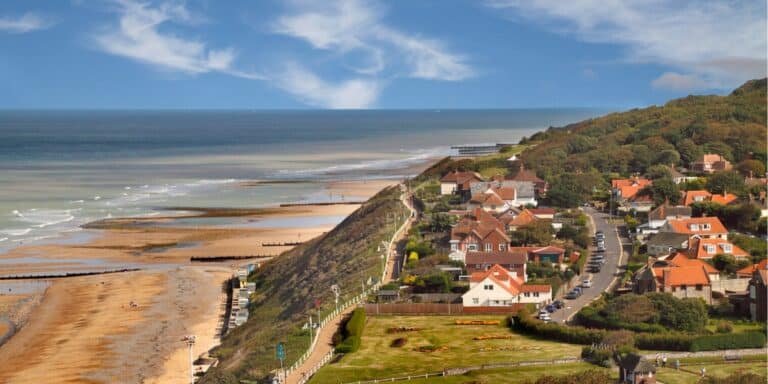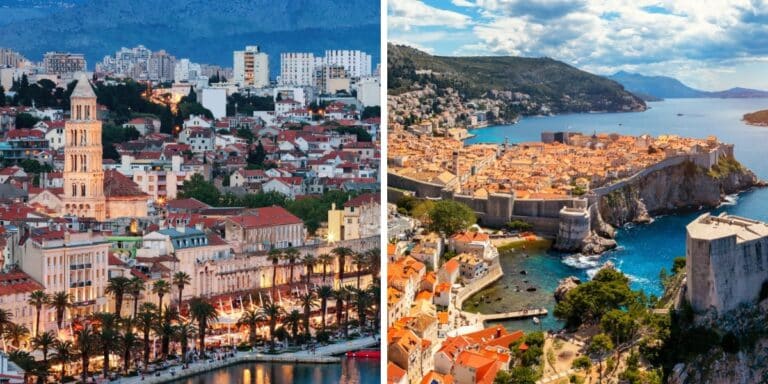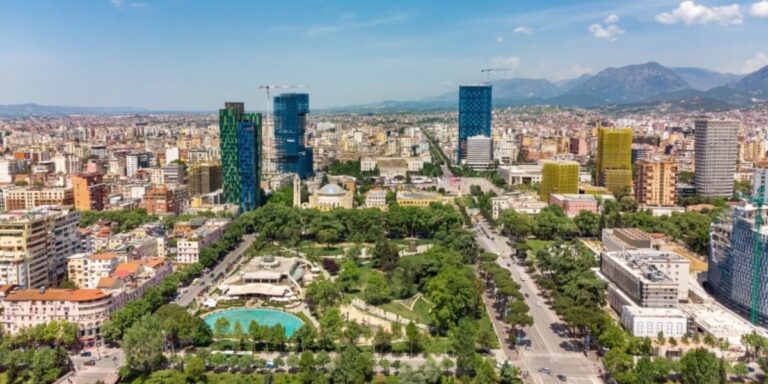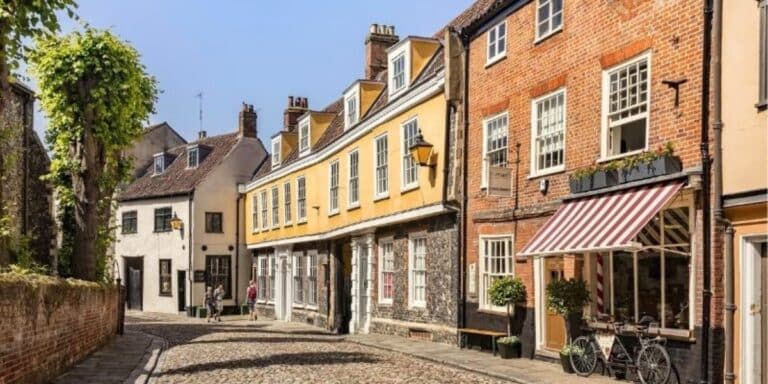This post may contain affiliate links, from which we earn an income.
Looking for the best things to do in Spain? There is so much to do and see in this amazing country beyond going to the beach and sipping cheap cocktails. With dramatic mountains, charming old towns, and an endless list of UNESCO sites worth visiting, you could spend a lifetime exploring this intriguing country.
When we first visited Spain we were a little underwhelmed. But as we started to explore and visit not only the top attractions but off-the-beaten-path destinations too, we found ourselves falling in love with the gorgeous landscapes, feisty culture, and friendly people.
These are our personal favorite things to do in Spain – places to see, activities to experience, and a few adventures too! Some are big hitters and must-sees, others touched or wowed us in some way and made it onto our list. We hope you love them as much as we do!
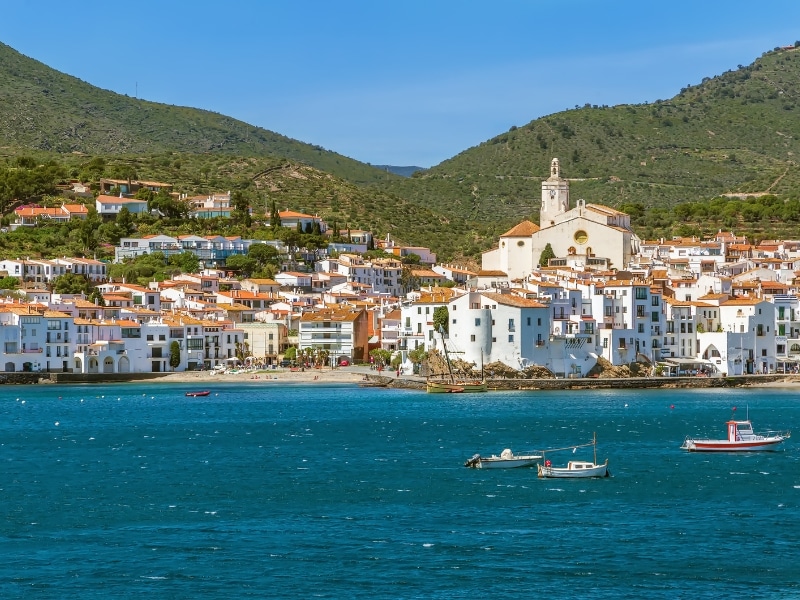
Take a Bike Trip to the City of Arts and Sciences in Valencia
Valencia is one of the most incredible cities in Spain with the futuristic City of Arts and Sciences contrasting with its charming old town, not to mention the splendid beaches. Valencia is also a lot less touristy than other big cities on the east coast, and feels much more authentically Spanish.
Whether you plan a Valencia 2 day itinerary or you’re just visiting for the day, one of the highlights is a bike tour to the City of Arts and Sciences or Ciudad de las Artes y las Ciencias. A cultural and architectural complex, the city is the most important modern tourist destination in Valencia and one of the 12 Treasures of Spain.
Hire a bike from the Happy Tourist and take a lovely bike trip through the biggest and longest park in Valencia, the Turia Gardens, from the old town. The gardens are one of the largest urban parks in Spain and run through the city along the route of an older river bed for nine kilometers, crossed by 18 bridges full of history and passing by the city’s main museums and monuments on either bank.
The huge gardens were built on the former riverbed of the Turia after a devastating flood in 1957. The River Turia was diverted leaving a huge area of land that crossed Valencia from west to east, bordering the historical center. The gardens are a unique space full of palms and orange trees, fountains, pine woods, rose beds, aromatic plants, and ponds, alongside a variety of sports facilities.
Once you arrive at the City of Arts and Sciences, you can learn about the site, its architecture, and its history. The city is not just a cluster of buildings and museums, but it is an entire recreational area with beautiful waterscapes in which you can paddleboard!
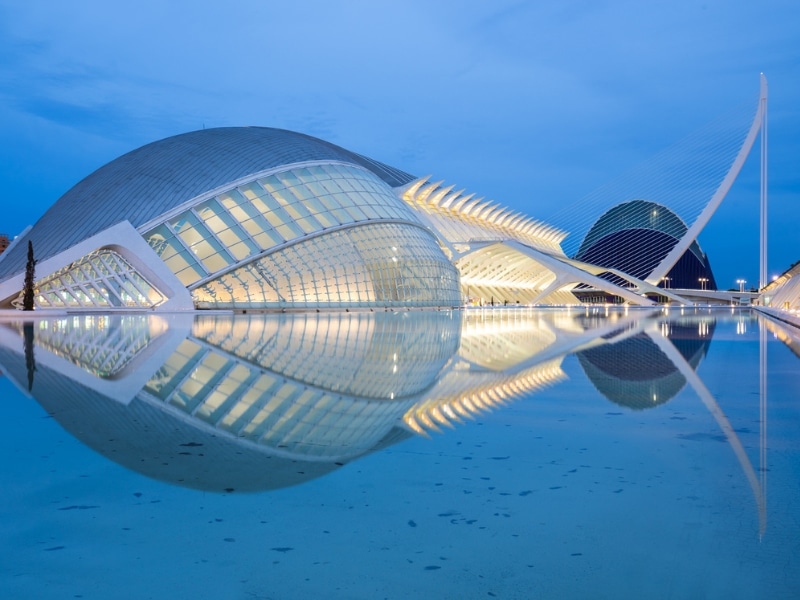
Is this your first time visiting Spain? Get all the information you need in our Spain Travel Guide, including what to pack, the best time of year to go, getting there, and practical tips to help you have the best trip!
Visit the Gaudí Sites in Barcelona
One of the must-dos in Spain is to visit all the UNESCO-listed Gaudí sites in Barcelona. La Sagrada Familia is the most famous of his creations, maybe because it still isn’t finished, but it is just as much due to its mesmerizing fairytale-like design.
The interior is bright, light, and straight-out heavenly, which is the result of the famous architect’s way of using soft lines and natural light in his creations. The architecture of Gaudí is a bit Marmite, you either love it or hate it, but lying on my back on the floor inside the Sagrada Família and looking up into the huge structure was an infinitesimal moment and strangely comforting.
Antoni Gaudí also built a number of incredible houses like the Casa Milá and Casa Batlló which are both incredible examples of his use of natural material, colors, and light. Casa Milá can also be visited at night for the spectacular La Pedrera night experience show on the roof!
If you fancy a stroll in the park, you should not miss out on Gaudí’s Parc Güell where you can walk through natural-looking porticos and gingerbread houses. What was supposed to be a residential area turned into a fairytale place and one of the most visited parks in the world.
However, queuing for hours outside for any of the Gaudi attractions in hours wasn’t remotely interesting so we urge you to book a timed entrance slot online in advance of your visit!
RELATED POST: One Day in Barcelona – Itinerary, Map, Tips & Guide
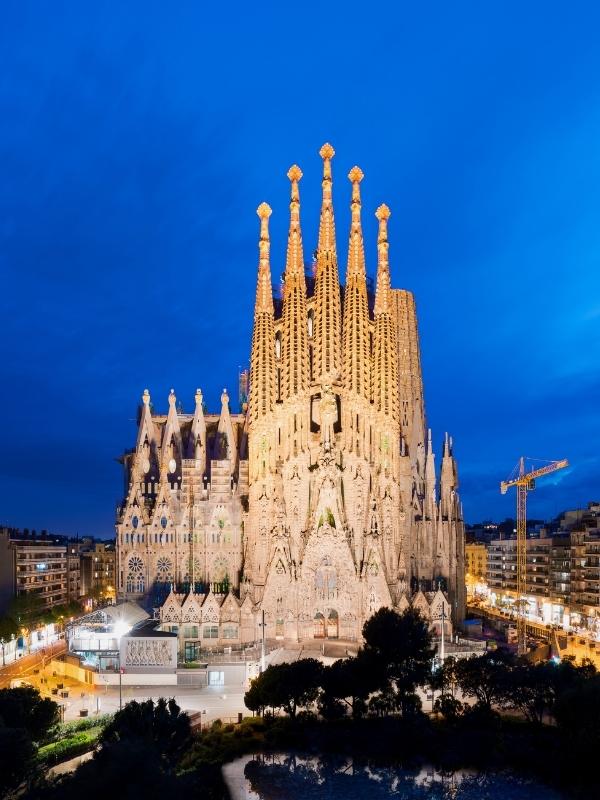
Hike El Caminito del Rey in Malaga
Hiking El Caminito del Rey in Malaga is one of the best things to do in Spain for the adventurous soul (who doesn’t suffer from vertigo!). The Caminito was once referred to as the world’s most dangerous hike, but after rebuilding the entire trail with a new, wooden path pinned 100 meters above the gorge floor, it is safe to walk again.
It is located in the mesmerizing Gaitanes Gorge and offers a unique experience with lots of birds of prey on view in their natural surroundings. At the end of the hike, there is a suspension bridge taking you to the other side of the gorge with stunning views of the water below.
It takes a couple of hours to walk and there is a shuttle bus taking you back the opposite way. You must book tickets in advance as this attraction sells out quickly. It is easy to reach by train from Malaga to El Chorro, but make sure you schedule an extra hour to take the shuttle bus to the starting point.
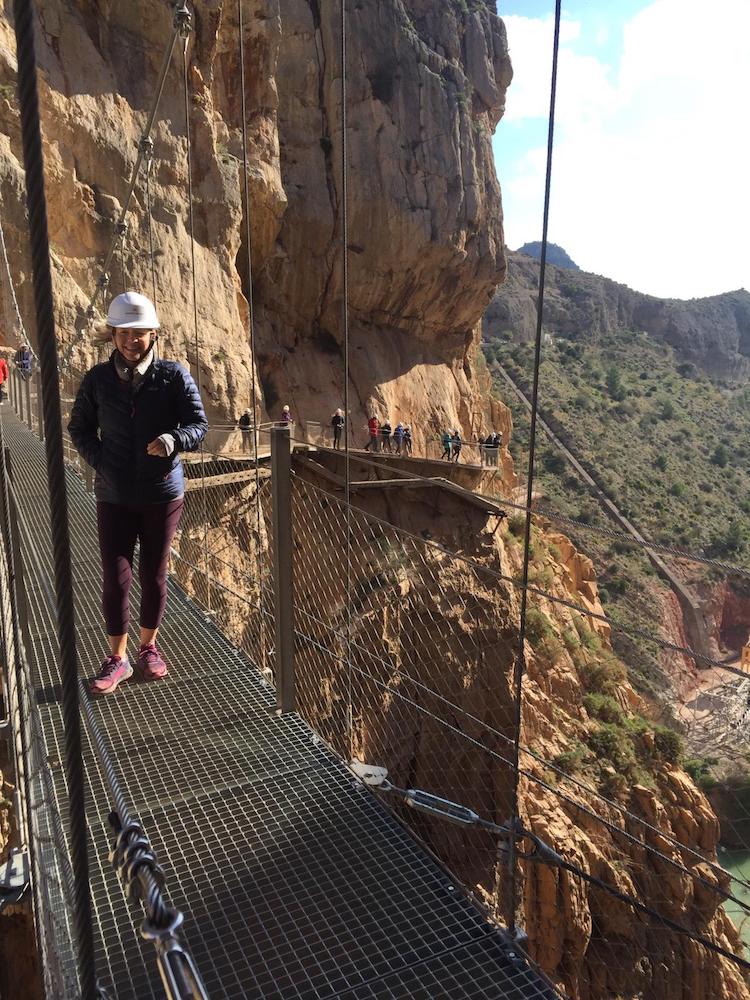
Make sure you have travel insurance you can trust when visiting Spain. We recommend True Traveller for their excellent TrustPilot reviews, variety of cover options, best activities cover as standard, great prices, and excellent service.
Eat All the Tapas in Madrid!
Madrid is not only the Spanish capital but also a foodie’s paradise and there are so many amazing tapas bars around the city with everything from traditional Spanish tapas to creative, modern tapas dishes.
These small, flavorful dishes range from traditional offerings like patatas bravas (fried potatoes with a spicy sauce) jamón Ibérico (delicious ham), and tortilla Española (Spanish omelet) to modern, inventive creations that reflect the city’s dynamic food scene.
In Madrid, tapas are more than just a meal; they are a social experience, often enjoyed in the lively ambiance of bustling bars and taverns where locals and visitors alike gather to share plates and stories. The tradition of tapeo, or going from one bar to another to enjoy different tapas, embodies the convivial spirit of the city, and is a lot of fun, especially if you have a cerveza pequeña (small beer) with each tapa!
Head for the La Latina or Barrio de las Letras districts or join a tapas tour where your guide will take you to the best places and explain the history of tapas and the most popular dishes.
There are even vegan tapas tours in Madrid, so don’t worry if you don’t eat meat. So if you were looking for a reason to visit Madrid, you just found it!
RELATED POST: Madrid in One Day: The Best Itinerary, Map, Tips & Guide
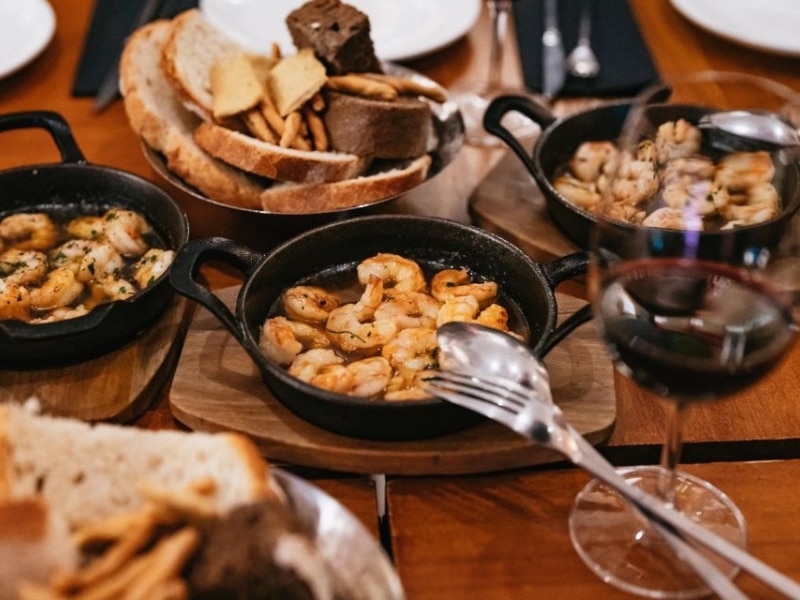
Bask on Our Favorite Spanish Beach
Deep in the Cabo de Gata-Níjar Natural Park in Almería is one of our favorite Spanish beaches, Playa de los Genoveses.
Genoveses Beach is pristine and picturesque and known for its natural beauty and tranquil ambiance. The crescent-shaped beach, characterized by its fine golden sand and clear turquoise waters, is set against a backdrop of gently rolling dunes, volcanic hills, and lush vegetation, offering a serene escape from more crowded coastal destinations.
The beach’s name, which translates to ‘Beach of the Genoese,’ harks back to a historical event when a Genoese fleet anchored here in the 12th century. Accessible via a scenic path through the park, Playa de los Genoveses remains largely untouched by modern development, even though it’s often described as one of the best beaches in the country!
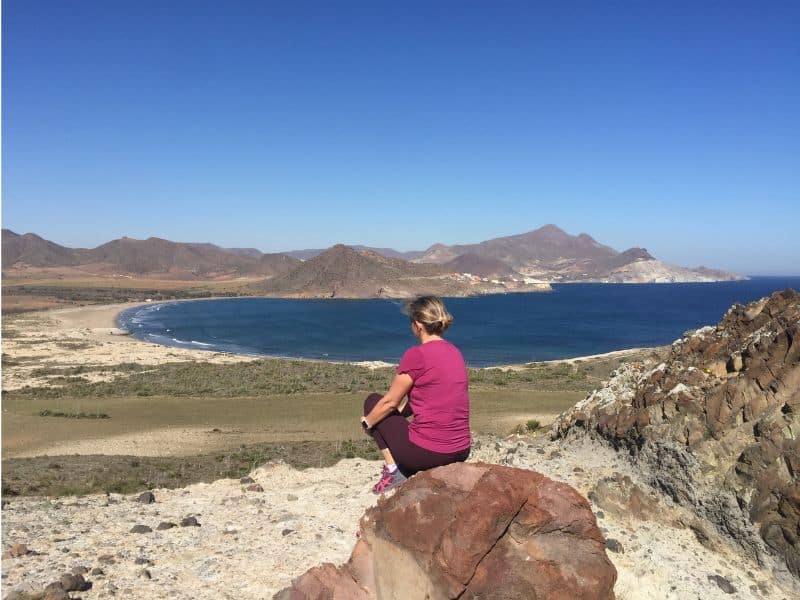
Take a Road Trip to the White Villages of Andalucia
Taking a southern Spain road trip is by far one of the most rewarding things to do in Spain. There are so many incredible Pueblos Blancos, or White Villages, to visit and many of them are only reachable by car. But driving through the Andalucian landscape, surrounded by olive groves and White Villages seemingly on every hillside, is a glorious way to spend a week!
If you start in Malaga, you can visit villages like Mijas Pueblo which overlooks Fuengirola, and Mijas Costa which is famous for its narrow streets with colorful pot plants on the whitewashed walls.
Further down the coast, you can drive up Serrania de Ronda where you find the dramatic village of Casares, Gaucín overlooking the Strait of Gibraltar, and Ronda itself which is famous for the New Bridge connecting the town over the deep and dramatic El Tajo Gorge.
Close to Ronda is Setenil de la Bodegas, a rock-cut village with an Arab hilltop castle. For an epic scenic drive from Ronda, set your sat nav for Zahara de la Sierra and then pick up the snaking CA-9104 road to the tiny village of Grazalema, which climbs to the Puerto de Las Palomas, or Pass of the Pigeon, at 1180m above sea level. It’s a spectacular drive and worth the fuel to get there!
In Granada, you can visit the coastal towns of Salobreña and Torrenueva Costa, the witch village of Soportújar, and incredible hiking destinations like Dúrcal, Capileira, and Trevelez, the highest village in Spain.
RELATED POST: The Perfect Andalucia Road Trip: Itinerary, Map & Tips
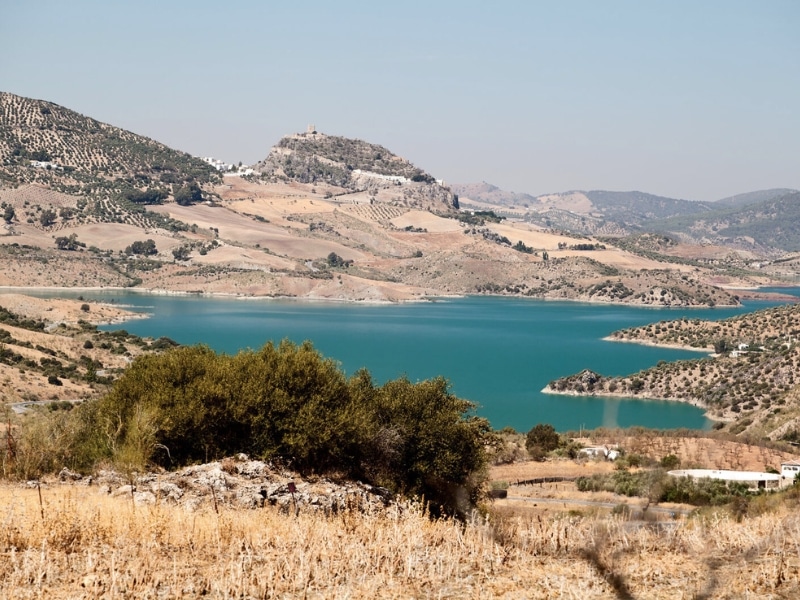
Looking for the best SIM card deals in Europe for your trip? Check out our guide to the best data SIMs in Europe and get the best deal for your trip to Spain.
Explore Toledo Old Town
Toledo, known as the ‘City of Three Cultures’ is one of the most historic places to visit in Spain, and walking around its UNESCO-listed old town is pretty mind-blowing. With a unique blend of Christian, Muslim, and Jewish influences, the city’s well-preserved medieval layout, characterized by narrow, winding streets and ancient buildings, will take your breath away.
Plaza Zocodover is the main square and also where most Toldeo walking tours start. From there, you can wander and get lost in Toledo’s maze of streets as you will discover historical sites literally around every corner.
Toledo’s most iconic landmarks include the magnificent Toledo Cathedral, an outstanding example of Gothic architecture, the Alcázar fortress, which offers panoramic views of the city, and the Synagogue of El Tránsito, showcasing intricate Mudéjar craftsmanship.
Toledo is also celebrated for its artisanal crafts, particularly its traditional metalwork and finely crafted swords, and its association with the painter El Greco, whose works can be admired in various museums and churches throughout the city.
RELATED POST: Spain Road Trip: 8 Amazing Routes for an Epic Trip
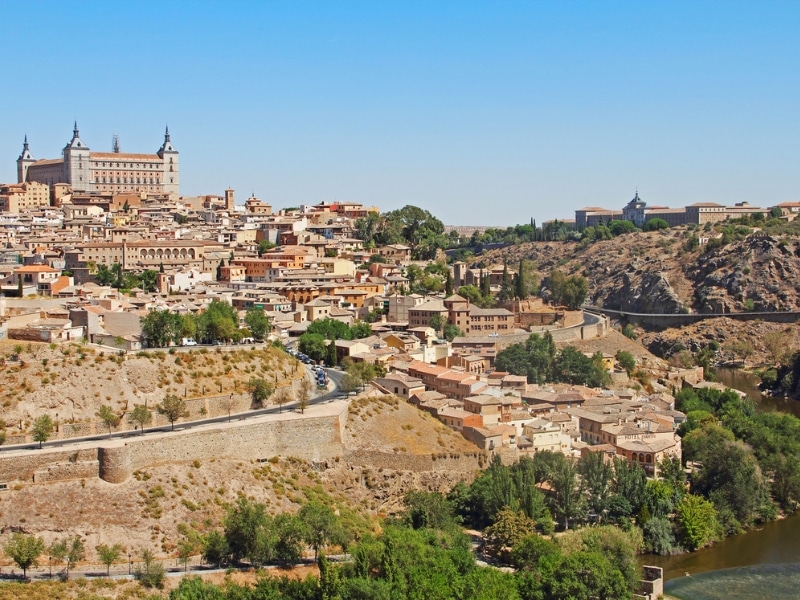
Go Kayaking in Nerja
Nerja, near Malaga in southern Spain, is one of the best places to go kayaking in Spain. With the stupefying cliffs of Maro hiding secluded beaches, small coves, and waterfalls cascading straight into the sea, this is a magical slither of Spain’s Mediterranean coast.
The azure water is crystal clear making it perfect for kayaking and snorkeling off your craft. There are interesting rock formations to explore, and you’ll spot crabs, shoals of fish, and the odd octopus. There is even a shipwreck to explore about 100 meters off Calaceite Beach.
You can either rent a kayak or join a guided tour from Burriana Beach in east Nerja. You will see the most beautiful part of the coast in about one hour, so schedule at least two hours for the excursion. However, if you want to snorkel too, you might need more time.
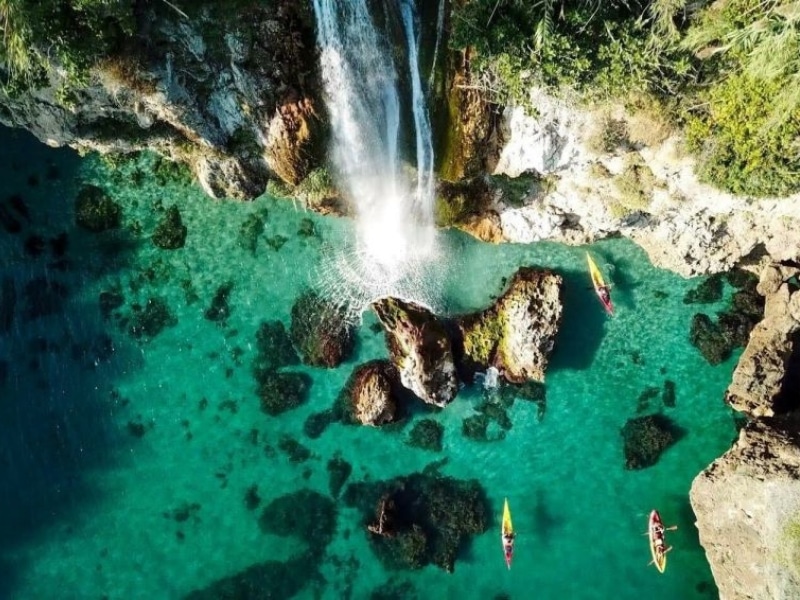
Discover the Wines of Spain
Spain produces a range of diverse and high-quality wines, with flavors that reflect the country’s varied landscapes and climates. The country is home to several celebrated wine regions, each with its own distinctive style and grape varieties.
Rioja, perhaps the most famous, produces rich and complex reds, predominantly from the Tempranillo grape. Ribera del Duero, another prestigious region in the north, is known for its full-bodied red wines, also primarily Tempranillo-based. In contrast, Rías Baixas in Galicia is celebrated for its crisp and aromatic white wines made from the Albariño grape, offering a refreshing taste with notes of citrus and green apple.
To explore Spain’s wine culture firsthand, visit the wine regions for an immersive experience. In La Rioja, the town of Haro hosts the annual Haro Wine Festival, featuring tastings, tours, and the famous wine battle. The region is dotted with historic wineries, such as Marqués de Riscal and Bodegas Muga, where you can tour the cellars and sample various vintages. Ribera del Duero offers a similar experience, with renowned estates like Vega Sicilia and Bodegas Emilio Moro opening their doors to wine enthusiasts.
The city of Jerez de la Frontera in Andalusia is at the heart of the sherry triangle and at bodegas like González Byass and Bodegas Tradición, you can learn about the unique solera system used in aging sherry and enjoy tastings of different styles, from dry fino to sweet Pedro Ximénez.
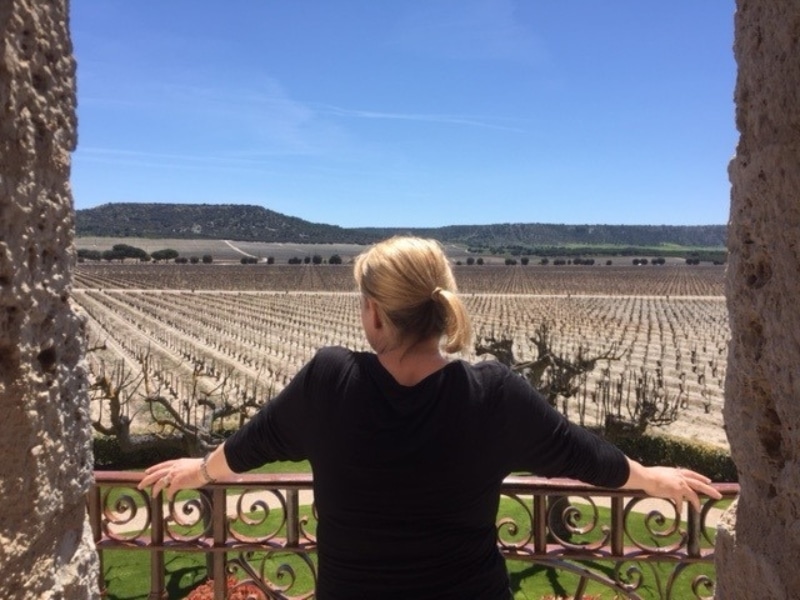
Explore the Roman Ruins of Mérida
Mérida, a UNESCO World Heritage Site, has to be one of the most underrated places in Spain! Located in the autonomous community of Extremadura, Mérida is a city rich in history and culture, known for its well-preserved and abundant Roman ruins – more than anywhere else in the country.
Founded in 25 BC, Mérida served as a prominent city in the Roman Empire and the capital of the Roman province of Lusitania. Today, its archaeological ensemble showcases a remarkable array of ancient structures, including a majestic theater, a grand amphitheater, the impressive Temple of Diana, and the well-preserved Roman bridge over the Guadiana River.
These historic landmarks, combined with its museums, make Mérida a fascinating destination that offers a unique glimpse into Spain’s ancient past. But allow plenty of time, it’s easy to immerse yourself in the history and tranquility of the site.
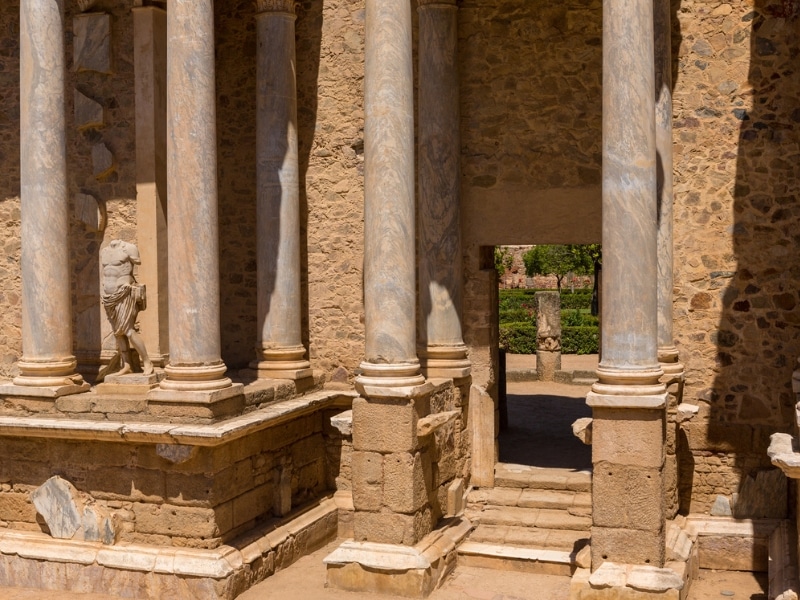
Discover the Windmills of Castilla-La Mancha
Spain’s windmills, particularly those of La Mancha, are iconic structures that dot the landscape of La Mancha, evoking images of the famous literary work, Don Quixote by Miguel de Cervantes. Beyond their literary fame, the windmills are historic monuments to Spain’s agricultural and industrial past.
Dating back to the 16th century, the windmills recall a time when the country was a burgeoning empire, rich with resources and expanding its territories. The windmills were primarily used for grinding grain into flour, a vital process in a largely agrarian society, and were strategically placed in areas with strong and consistent winds, which are abundant in the plains of La Mancha.
The windmills are characterized by their robust, cylindrical stone structures with conical roofs, and each windmill is equipped with four large sails made of wood and cloth, which catch the wind and turn the millstones inside. The grain, fed between the millstones, is ground into flour, demonstrating an early form of industrial automation.
Towns like Consuegra and Campo de Criptana boast some of the best-preserved windmills, which make for incredible images as well as reminding us that Spain is not just about the beach!
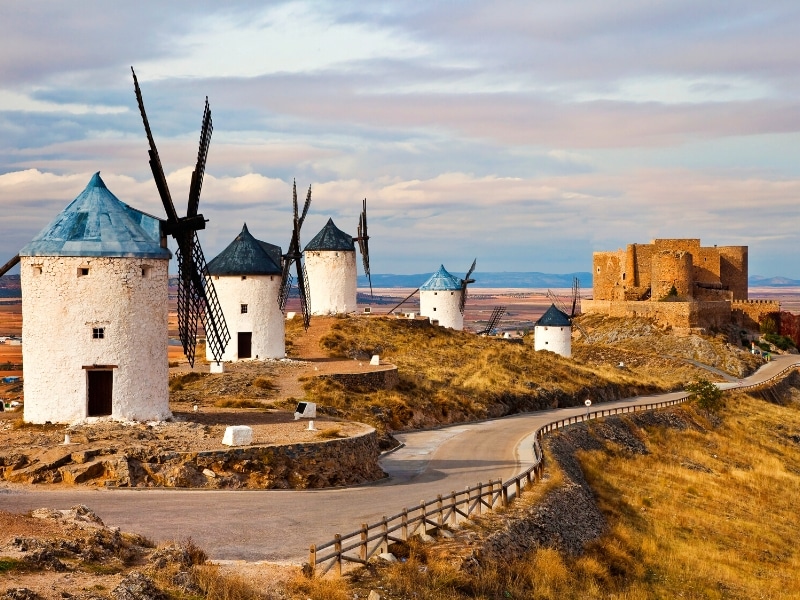
Walk the Playa de las Catedrales
Cathedrals Beach, or Playa de las Catedrales (Praia das Catedrais in Galician), is a stunning natural wonder located on the northern coast of Spain in Galicia.
This beautiful beach is famous for its dramatic rock formations, which resemble the soaring arches and buttresses of a Gothic cathedral, especially visible during low tide when the sea recedes to reveal these majestic structures. The interplay of light and shadow within these natural arches and caves creates a surreal and awe-inspiring landscape that attracts visitors from around the world.
Strolling along the sandy stretches beneath these towering formations is an unforgettable experience; the raw nature and power of the sea, and the fantastic light through the arches make the beach not only a photographer’s paradise but a reminder of how quickly, but slowly, the world changes around us.
RELATED POST: North Spain Road Trip: Itinerary, Route & Tips
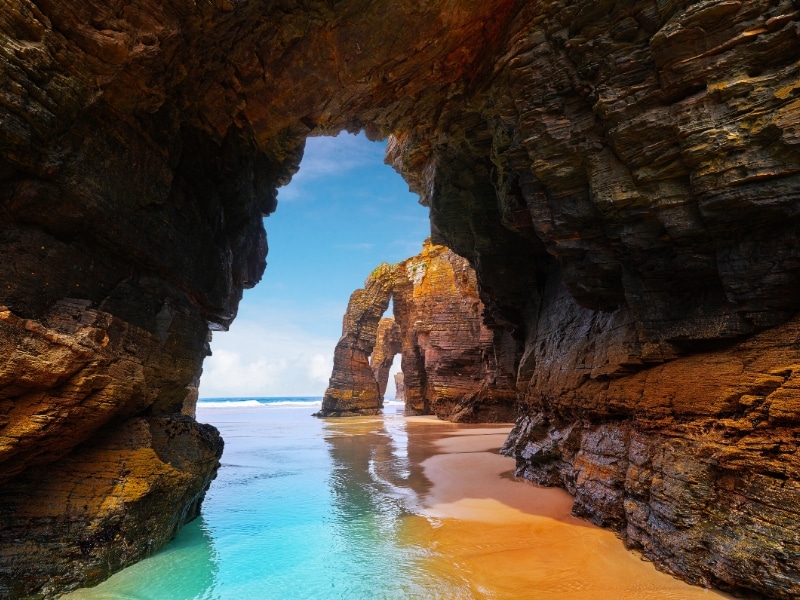
More Spanish Travel Inspiration
Experience Semana Santa
Semana Santa, or Holy Week, is one of the most significant and vividly celebrated religious events in Spain, taking place during the week leading up to Easter Sunday. This deeply rooted tradition is observed with profound devotion across the country, drawing thousands of locals and tourists to watch the spectacle.
In Seville, Semana Santa is known for its opulent and solemn processions that fill the city’s streets with religious fervor and artistic expression. The processions feature pasos, which are large floats adorned with intricately crafted statues depicting scenes from the Passion of Christ and the Virgin Mary. These pasos are carried through the streets by costaleros, who bear the weight on their shoulders, hidden beneath the floats.
The processions are organized by various brotherhoods or cofradías, some of which date back to the Middle Ages, and each has its own distinct traditions, colors, and routes. The somber melodies of marching bands and the haunting saetas, spontaneous flamenco-style songs sung from balconies, add to the emotional atmosphere.
Known for its more theatrical and exuberant processions, Málaga’s Holy Week includes the participation of famous personalities, including the city’s most notable son, actor Antonio Banderas. The processions here are characterized by the impressive tronos, enormous and lavishly decorated floats that are carried by hundreds of penitents wearing the distinctive capirote pointy hats with only two holes for the eyes.
We watched a Semana Santa procession through Albacin, the old town of Granada. The music was like a funeral dirge, but strangely melodic and the costumes are fascinating. Make sure to get to your chosen spot early so you can see the procession pass by, or move away from the start point where you might have a greater chance of seeing the penitants, especially if you’re short like me!
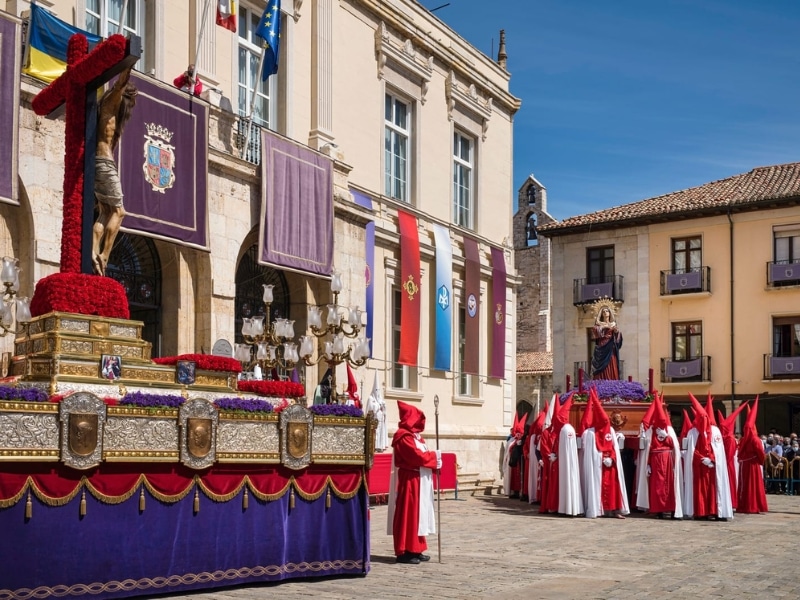
Paddleboard Around Cap Negre
Cap Negre, located on the eastern coast of Spain on the Costa Blanca, is a striking promontory known for its dramatic cliffs and stunning panoramic views of the Mediterranean Sea.
Situated between the towns of Jávea and Moraira, this rugged headland is a popular destination for paddlers, nature lovers, and hikers. The area is characterized by its rich biodiversity, with a variety of native flora and fauna thriving in the Mediterranean climate and sea.
The crystal-clear waters surrounding Cap Negre are ideal for snorkeling and diving, offering a glimpse into the fascinating underwater ecosystem. Start from the tiny beach of Platja del Portixol or beautiful Platja Granadella, where you can hire paddle boards and kayaks, and head out in whichever direction takes your fancy!
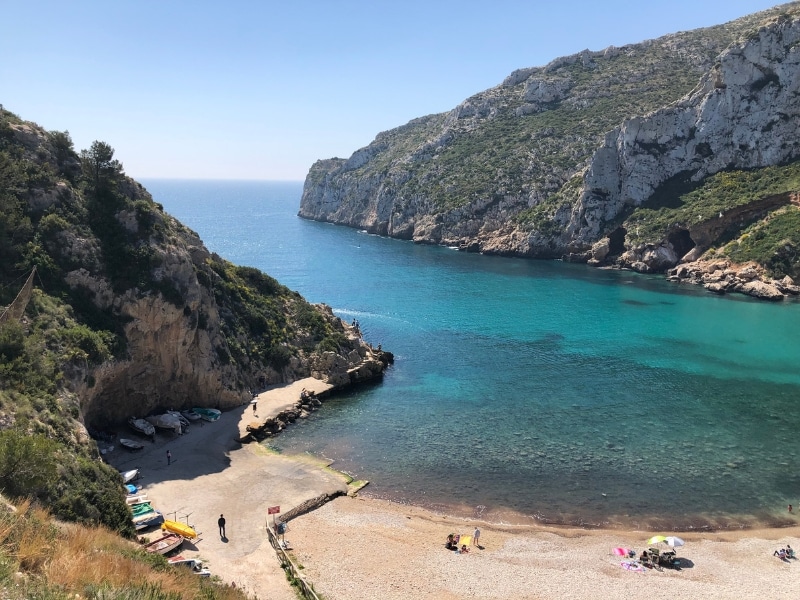
Climb the Giralda Tower in Seville
The 95-meter-high Giralda Tower is an iconic symbol of Seville and the locals’ biggest pride. Originally built as the minaret for the Great Mosque of Seville in the 12th century, the Giralda was later converted into the bell tower for Seville Cathedral, the largest Gothic cathedral in the world after the reconquest in 1492, when the Catholic monarchs Ferdinand and Isabella conquered Granada.
A ticket to visit Seville Cathedral includes the Giralda Tower and it is absolutely worth climbing to the top to see the city views. The tower doesn’t have stairs like most clock towers, but 35 ramps that were built so that the muezzin (a man who calls Muslims to prayer from the minaret of a mosque) could get to the top on horseback!
As you ascend, you’ll see a blend of Islamic and Christian architectural elements, and when you reach the top, you’ll be rewarded with panoramic views of Seville’s historic center, including the cathedral’s intricate buttresses and the city’s modern sprawling rooftops, creating a profound sense of the city’s layered past and present.
RELATED POST: One Day in Seville – Itinerary, Map, Tips & Guide
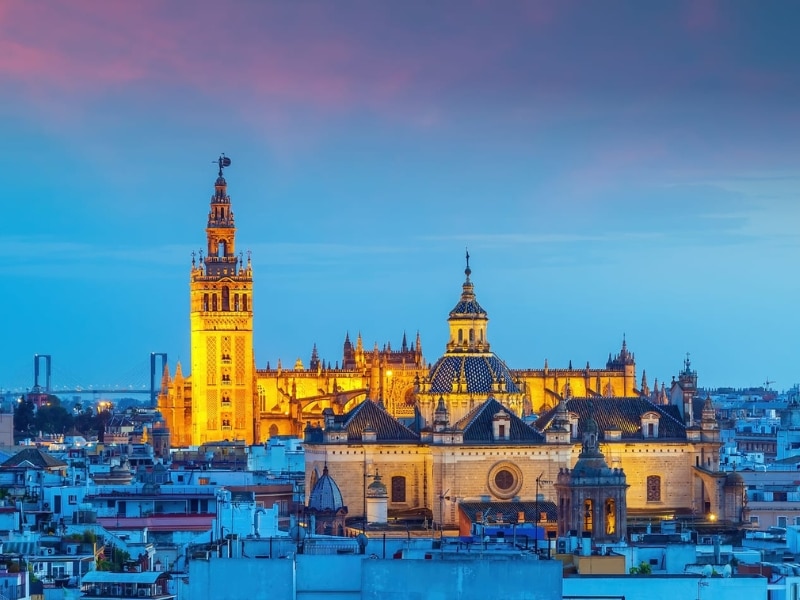
Hike the Circo de Soaso
The Circo de Soaso, located in the Ordesa y Monte Perdido National Park in the Spanish Pyrenees, is an unforgettable experience for hikers, with its stunning natural amphitheater surrounded by huge mountains.
Starting from the Pradera de Ordesa, a nearby meadow with parking and facilities, the hike is a 17-kilometer linear route with a moderate difficulty level and an elevation gain of about 500 meters. This well-marked trail typically takes around five to six hours to complete, longer if you want to stop for lunch at the cascade or paddle in the river.
As you follow the trail alongside the crystal-clear River Arazas, you’ll pass through lush beech forests and encounter a series of picturesque waterfalls, including the Cola de Caballo, or Horse Tail Falls, and the Gradas de Soaso. The culmination of the hike is the breathtaking Circo de Soaso itself, a glacial cirque surrounded by towering cliffs and peaks, including Monte Perdido, which is the third-highest mountain in the Pyrenees.
RELATED POST: How to Hike the Circo de Soaso via Faja Pelay – Ordesa Valley
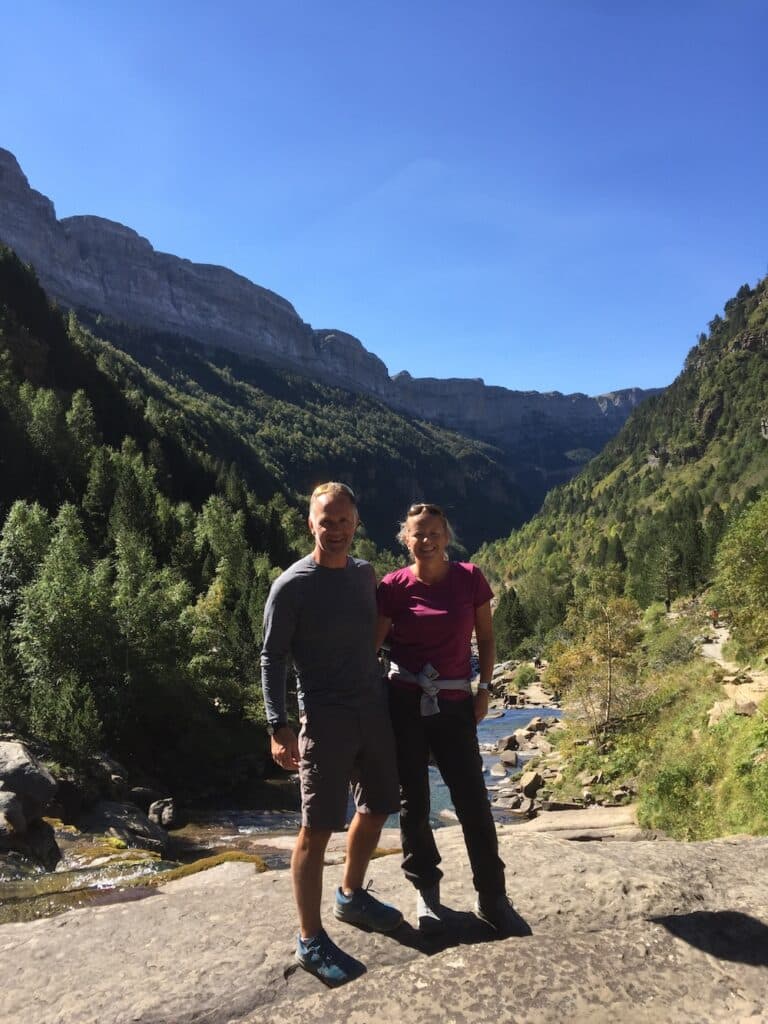
Explore tha Costa de la Luz
The Costa de la Luz, or ‘Coast of Light,’ is a sun-drenched stretch of coastline in southwestern Spain, extending along the provinces of Huelva and Cádiz. Renowned for its stunning beaches, the unspoiled Costa de la Luz is lined with golden sands, clear waters, pretty villages, and a more laid-back vibe compared to the busier Costa del Sol.
This region boasts some of the most unspoiled and picturesque beaches in Spain, such as Playa de la Barrosa, Cabo de Trafalgar, and Playa de Bolonia, where you can not only sunbathe, swim, and kitesurf, but also visit the incredible Roman ruins at Baelo Claudia, literally just behind the magnificent beach.
In addition to its natural beauty, the Costa de la Luz is also home to the sea city of Cádiz, one of the oldest cities in Western Europe. Lively Tarifa, at the most southerly point on the European continent and the windiest place in Europe, is a Mecca for kite and windsurfers year round, and is also a great hopping-off spot for Morocco, just a few miles over the Strait of Gibraltar.
The Costa de la Luz is also a culinary powerhouse, with an abundance of fresh seafood and regional specialties. You can savor dishes like gambas blancas (white prawns), acedías fritas (fried sole), and the renowned Iberian jamon from the nearby Sierra de Huelva. The local wines and sherries, particularly from the Jerez region, complement the gastronomic experience.
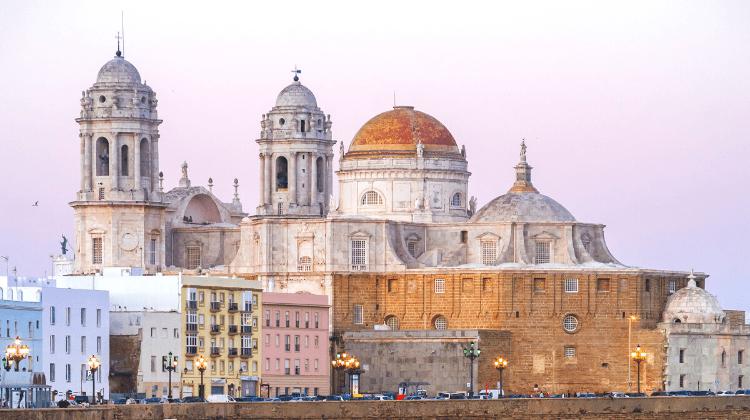
Discover Colombus History in Huelva
The coastal city of Huelva in southwestern Spain holds a significant place in history as the departure point of Christopher Columbus’s first voyage to the New World.
A key attraction in Huelva is the Muelle de las Carabelas, a dock that features life-size replicas of Columbus’s three ships: the Niña, the Pinta, and the Santa María – and they are tiny! Without the meticulous history that recorded the finding of the New World, it would be impossible to believe that people willingly set sail in these open boats with no knowledge of what they would find, or whether they would find anything at all!
These beautifully crafted replicas were built in 1992 to commemorate the 500th anniversary of Columbus’s voyage and you can board these ships, gaining a vivid sense of the conditions faced by Columbus and his crew during their groundbreaking journey across the Atlantic in 1492.
Adjacent to the Muelle de las Carabelas is the Monastery of La Rábida, an essential site in the Columbus story. This Franciscan monastery provided Columbus with crucial support and refuge during his preparations for the voyage. Here, he met with friars who assisted in securing an audience with the Catholic monarchs, Ferdinand and Isabella, eventually gaining their approval and funding for his expedition.
Beyond the ships and the monastery, the town of Palos de la Frontera, near Huelva, also played a pivotal role in Columbus’s expedition. This is where the voyage was officially launched, and you can explore the church of San Jorge, where Columbus and his crew prayed before setting sail.

Experience Three King’s Day
Three Kings Day, or Día de los Reyes Magos, celebrated on January 6th, is a deeply cherished holiday in Spain, marking the end of the Christmas season with joyous festivities and rich traditions. This day commemorates the visit of the Three Wise Men to the baby Jesus, bearing gifts of gold, frankincense, and myrrh, and is the day when traditionally Spanish children receive their Christmas presents.
The celebrations begin on the evening of January 5th with the Cabalgata de Reyes, a grand parade held in cities and towns across Spain. The parade features elaborately decorated floats, with the Three Kings – Melchior, Gaspar, and Balthazar – riding atop, often accompanied by their entourages. As the procession moves through the streets, the kings throw sweets and small gifts to the excited crowds.
On the morning of January 6th, families gather to open gifts left by the Three Kings. Children often leave their shoes out the night before, sometimes filled with hay or treats for the kings’ camels, in hopes of finding them filled with presents by morning.
This is a lively and noisy celebration and if you’re not used to Spanish parades, it can feel quite chaotic! Just go with the flow and enjoy the atmosphere and celebration.
RELATED POST: Wintering in Spain: Best Winter Destinations in Spain

Visit the Alhambra in Granada
We’ve left one of the best things to do in Spain ’til last!
Perched on a hilltop overlooking the city, the UNESCO-listed Alhambra is a sprawling palace and fortress complex that dates back to the 13th century. It was constructed by the Nasrid dynasty and later transformed by subsequent rulers, including the Catholic monarchs. The Alhambra’s name, derived from the Arabic Al-Qal’a al-Hamra meaning ‘The Red Fortress,’ reflects its distinctive reddish walls that glow beautifully under the Andalusian sun.
A visit to the Alhambra typically begins with the Nasrid Palaces, a series of opulent rooms and courtyards that exemplify Islamic art and architecture. Intricate stucco work, elaborate tile mosaics, and beautifully carved wooden ceilings adorn these spaces, creating an atmosphere of refined elegance. The Palaces’ most famous feature, the Courtyard of the Lions, is adorned with a central fountain supported by twelve marble lions, symbolizing strength and sovereignty.
Adjacent to the Nasrid Palaces is the Generalife, the summer palace and gardens that served as a retreat for the Moorish kings. The Generalife is a masterpiece of Islamic landscape design, featuring lush gardens, tranquil water features, and shaded walkways that offer a peaceful contrast to the grandeur of the main palace and is our favorite part of the Alhambra complex.
The Alhambra’s robust fortifications, including the Alcazaba, the oldest part of the complex, offer a glimpse into its military history. Climbing the towers of the Alcazaba provides stunning vistas of Granada and the surrounding Sierra Nevada mountains.
The Alhambra is one of the most visited attractions in Spain, if not Europe, and deserves at least a morning or afternoon of your time. We advise booking your timed ticket for the earliest slot you can manage, to beat the day trippers from the coast – and you do need to book at least a month in advance.
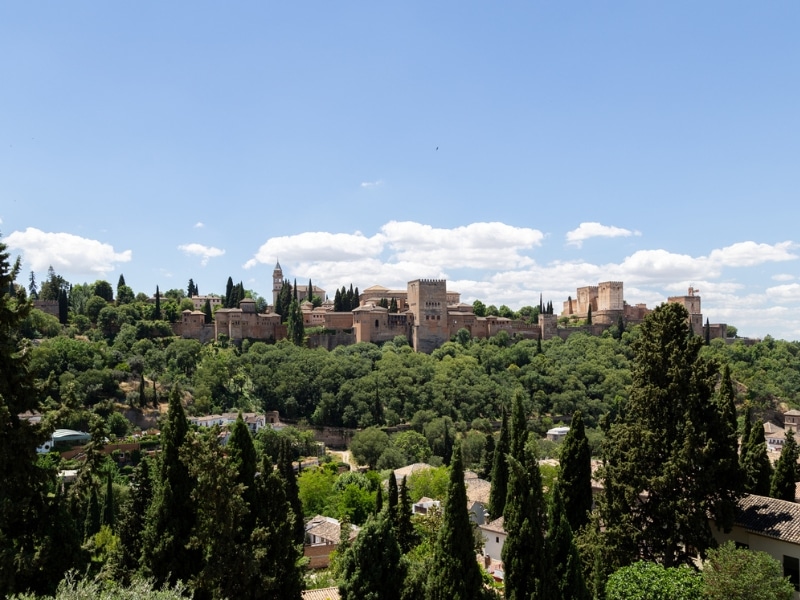
Looking for more European travel ideas? Check out these top posts…
Palma de Mallorca: The Best 2 Day Itinerary
18 Best Norfolk Seaside Towns To Fall In Love With!
Split or Dubrovnik: Which City Is Better To Visit?
Is Tirana Worth Visiting? Top Reasons to Explore the Lively Albanian City
Discover the Magic: 32 of the Best Christmas Markets in Europe
37 of the Very Best Things to Do in Norwich
Love it? Pin it!
